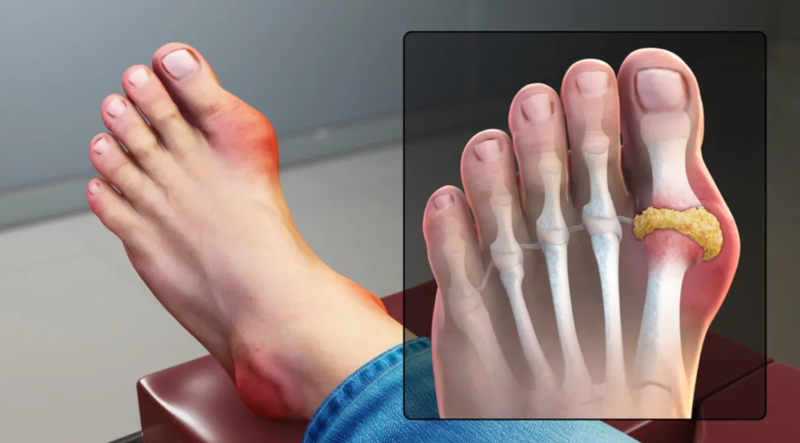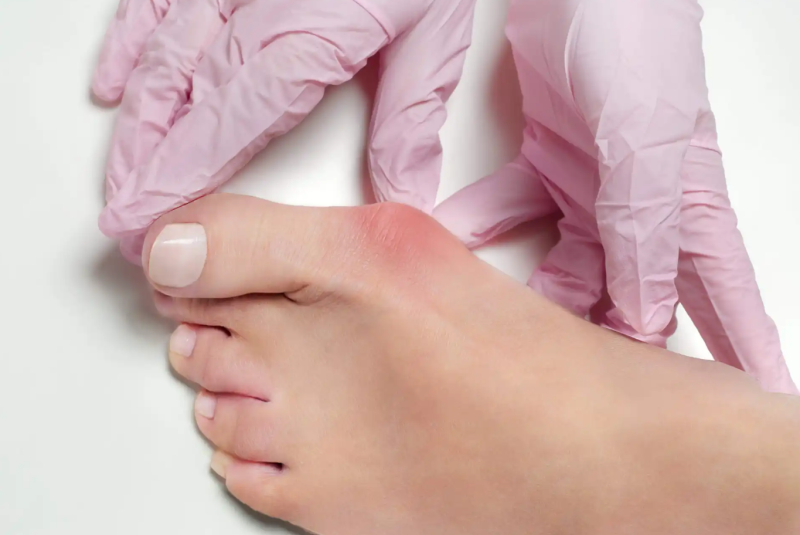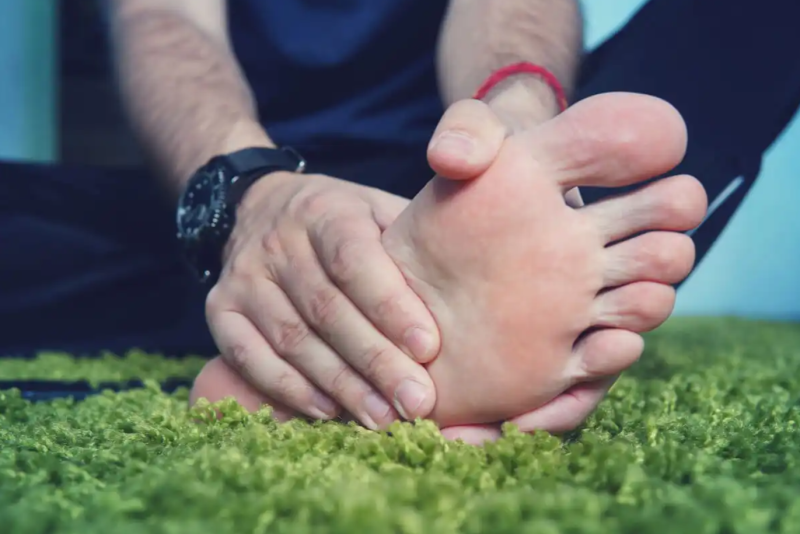
Immense toe pain is hard to miss. With any movement we make, we will feel a sharp pang when we move. So it can be said that it limits daily activities quite a bit.
Although the bones and joints in this area are small, they are crucial, supporting almost the entire body’s weight. Now, pain in the big toe can be caused by various problems, including bunions, arthritis, and some injuries.
Contents
The importance of the big toe
For practical purposes, the feet are usually subdivided into three zones:
- Hindfoot or back, where the heel and ankle are.
- The Midfoot, or middle part, covers the arch on the sole and the instep at the top.
- Forefoot, which would be occupied by the fingers, from the second metatarsal.
The feet usually support the entire weight of the body when we are standing. And much of this weight falls on the forefoot. The big toe receives a more significant impact compared to its other brothers.
In particular, the metatarsophalangeal joint, which joins said big toe with the first metatarsal bone, is vital. This allows the foot to bend, helping propel us forward when we move. However, you are also susceptible to injury.
Diseases that cause pain in the big toe
Pain in the big toe can limit movement and affect a person’s quality of life. Next, we will know the most common causes.
1. Bunion
A bunion is a name given to a bump on the foot’s outer side at the big toe’s first metatarsal joint. This is due to a deviation called hallux valgus, in which said finger changes its position about the others.
The causes have to do with how the foot moves and conditions such as rheumatoid arthritis. Along with the deformity and enlargement, redness and often irritation are often seen. In addition, pain in the big toe may be experienced when landing and walking.

2. Osteoarthritis
Although it is more common in the knees, hips, spine, or hands, osteoarthritis can affect any joint, degrading and causing rupture of the cartilage tissue that covers the ends of the bones.
Its symptoms are pain, inflammation, and limitation in movement. In the particular case of the big toe joint, this may be due to structural and functional problems, resulting in wear.
When it occurs in the foot, osteoarthritis often affects the metatarsophalangeal joint, causing pain in the big toe and inflammation. Bone spurs (bumps) may develop over time.
3. Rheumatoid arthritis
Other less common types, such as psoriatic arthritis and rheumatoid arthritis, can also affect and cause pain in the big toe. This is more noticeable when getting up or walking.
Others, such as inflammation and a grinding sensation in the joint, can accompany this symptom. Also, conditions such as hallux rigidus, where it becomes difficult to straighten the finger, may develop into rheumatoid arthritis.
4. gout
This condition can affect the metatarsophalangeal joint and cause pain in the big toe. Gout is a chronic disease with an incidence of 2% in the world population.
Its cause is hyperuricemia, which causes the formation of monosodium urate crystals. These are deposited in the joint. Symptoms include redness, a sensation of heat, and pain.
5. Ingrown toenail
It is widespread for an ingrown toenail or onychocryptosis to cause pain in the big toe. Depending on its location, it can be lateral or anterior, and its grounds include trauma, wearing inappropriate shoes, or poorly trimmed nails.
Injuries that cause pain in the big toe
Various injuries can occur in the foot. Those that cause pain in the big toe are sprains, stress fractures, sesamoiditis, and turf toe.
6. Sprains
A sprain is a strain on the joint—a lousy support when falling after a jump, a foul footstep, or a sudden start when running. Depending on the degree, ligament rupture may occur, as well as pain and inflammation.
7. Lawn Finger
Like the previous injury, the so-called turf finger is related to sports, including soccer, rugby, hockey, and American football. In this case, tears or sprains manifest with pain in the big toe.
8. Sesamoiditis
Sesamoiditis is the inflammation of the sesamoid bones, two small bony formations below the first metatarsal near the joint. It is common in athletes and before activities that involve jumping (such as dance, gymnastics, and basketball).
9. Stress fractures
Stress fractures can occur from repetitive movements or increased intensity of physical activity. In this case, a small break occurs in the bone. Athletes are usually exposed to suffer them in those disciplines in which the work of the extremities is overloaded, such as athletics.

Treatments for pain in the big toe
Pain treatments for immense toe pain depend on the cause and the intensity suffered. Among the usual options, we have the following:
- Local ice application.
- Repose.
- Immobilization of the limb and keeping the foot elevated.
- Consumption of analgesics and non-steroidal anti-inflammatory drugs.
- Use of corrective insoles, splints, and orthopedic footwear with arch supports.
- Eventually, surgery is applied to align or remove bone spurs.
- For gout, treatment aims to lower uric acid levels.
Can immense toe pain be prevented?
In some cases, such as arthritis and bunions, the possibility of pain in the big toe can be reduced by using flexible insoles and shoes. In sports, the necessary attention must be paid to appropriate footwear.
Finally, it is recommended to maintain a healthy weight since a few extra kilos require more effort from the foot. A balanced diet is essential for people with gout, who should avoid red meat, shellfish, and alcohol.